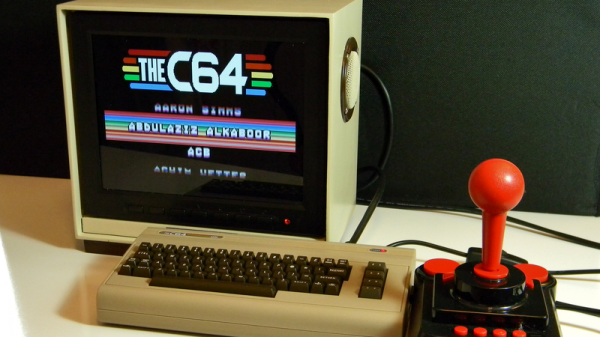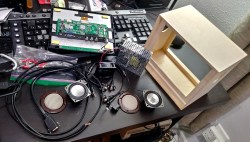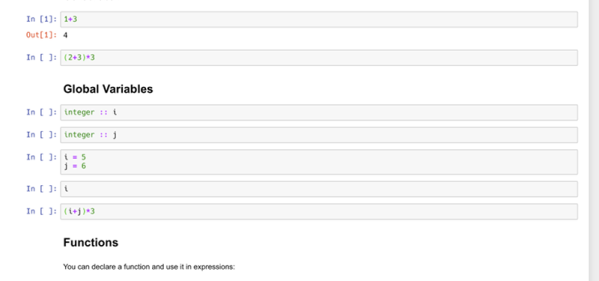Adversarial attacks are not something new to the world of Deep Networks used for image recognition. However, as the research with Deep Learning grows, more flaws are uncovered. The team at the University of KU Leuven in Belgium have demonstrated how, by simple using a colored photo held near the torso of a man can render him invisible to image recognition systems based on convolutional neural networks.
Convolutional Neural Networks or CNNs are a class of Deep learning networks that reduces the number of computations to be performed by creating hierarchical patterns from simpler and smaller networks. They are becoming the norm for image recognition applications and are being used in the field. In this new paper, the addition of color patches is seen to confuse the image detector YoLo(v2) by adding noise that disrupts the calculations of the CNN. The patch is not random and can be identified using the process defined in the publication.
This attack can be implemented by printing the disruptive pattern on a t-shirt making them invisible to surveillance system detection. You can read the paper[PDF] that outlines the generation of the adversarial patch. Image recognition camouflage that works on Google’s Inception has been documented in the past and we hope to see more such hacks in the future. Its a new world out there where you hacking is colorful as ever.
Continue reading “The Cloak Of Invisibility Against Image Recognition”
















